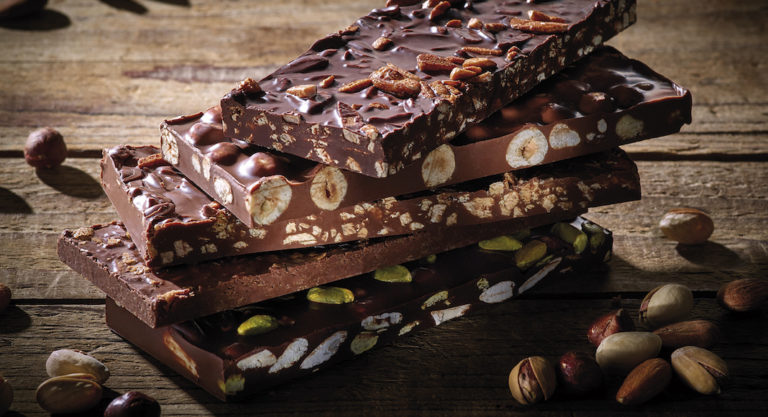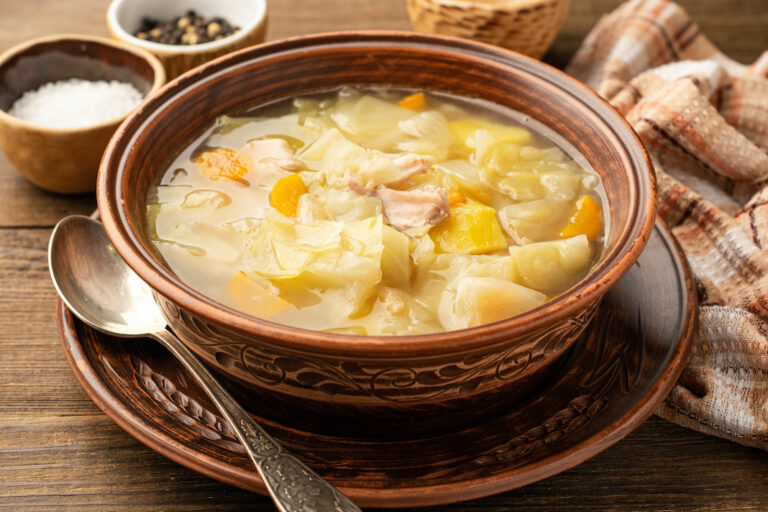Each French person consumes, on average, 125 grams of bread per day. Each tourist probably eats more.
Tradition, white baguette, pain aux céréales (bread with grains on top), pain complet (whole wheat), pain intégral (whole grain), salt-free or gluten-free bread, the bakeries’ stalls are full of many varieties. As is French custom, bread is invited to all meals. “For energy, starchy foods should be consumed with each meal, but not too much. The recommendations are 50 grams in the morning, 50 grams at lunchtime and 50 grams in the evening,” explains Florence Foucaut, dietician and nutritionist.
The heart (and stomach) of the French swings between the baguette blanche and a traditional baguette. Since 1993, the “bread decree” promulgated by the government of Édouard Balladur has governed the production of “pain maison.” It must be mainly made with wheat flour, water, yeast or sourdough starter, and salt, and, to the great displeasure of purists and nutritionists, some additives are authorized but their quantities are strictly controlled.
In terms of nutritional value (vitamins, glycemic index, calories), there is little difference between tradition and white baguette. It is in flavor where you find a difference. “In each, the flour used is somewhat differently. The tradition one is a little more complex, profound. However, the tradition is also a little saltier than its white counterpart,” says Foucaut. Before specifying: “Tradition is of additional interest if it is made from sourdough starter and not yeast. In this case, a ball of bread is kept to make the other dough. This ancestral cooking technique creates a better taste.”
Rich in fiber
While taste is a preference, some breads provide more nutritional benefits than others. “Made with 100% of the grain, pain intégral (whole grain bread) seems to be the best because it combines all the nutritional interests,” the dietician explains. But, each bread has its own strengths, such as pain complet (whole wheat bread), which is highly prized for its satiating power. “Its high fiber content is useful in the case of slow digestion. The fiber content reduces the absorption of cholesterol and glucose. The glycemic index, on the other hand, reduces blood sugar variations,” explains Foucaut.
On average, the fiber content reaches more than 8 grams per 100 grams for pain complet. Bread is rich in minerals and vitamins; it contains vitamins from the B group (B1, B3 and B9).
Pain complet — in which the grain has retained its shell — and pain intégral — whose flour has not been ripened at all — are also rich in zinc, selenium and manganese. Contrary to popular belief, bread is not the most caloric starchy food. Depending on the bread, the proportion of carbohydrates varies around 50%. For 100 grams, the semolina is more caloric (365 calories against 260). As the nutritionist says, “with bread, calories depend mainly on what you put on top: cheese, butter, charcuterie.”
Should you buy organic?
Le pain aux céréales (bread with grains on top), even richer in fibre, is recommended for those with digestion issues. “People with diabetes are allowed to eat bread. They just need to learn how to choose the most appropriate one for their health. Bran bread is especially recommended because it helps to regulate blood sugar levels.”
And what about pain de mie (sandwich bread)? It is only bread by name. “Very low in fiber, sandwich bread is of interest to people with chewing problems and swallowing problems. It is better to avoid industrial sandwich loaves that contain sugar. It’s also not very satisfying,” warns Foucaut.
Some people have difficulty digesting bread. The cause? The baking. When the bread is hot, it contains resistant starches that ferment in the stomach and can cause this feeling of bloating. For those who experience this sensitivity, it is better to toast the bread and wait until it cools before eating it.
Should we choose an organic bread? “When we talk about organic bread, it’s the flour that is involved. Ideally, it’s better, especially for bran bread, which contains a lot of fiber,” notes Foucaut.
This article was first published on Le Point.






